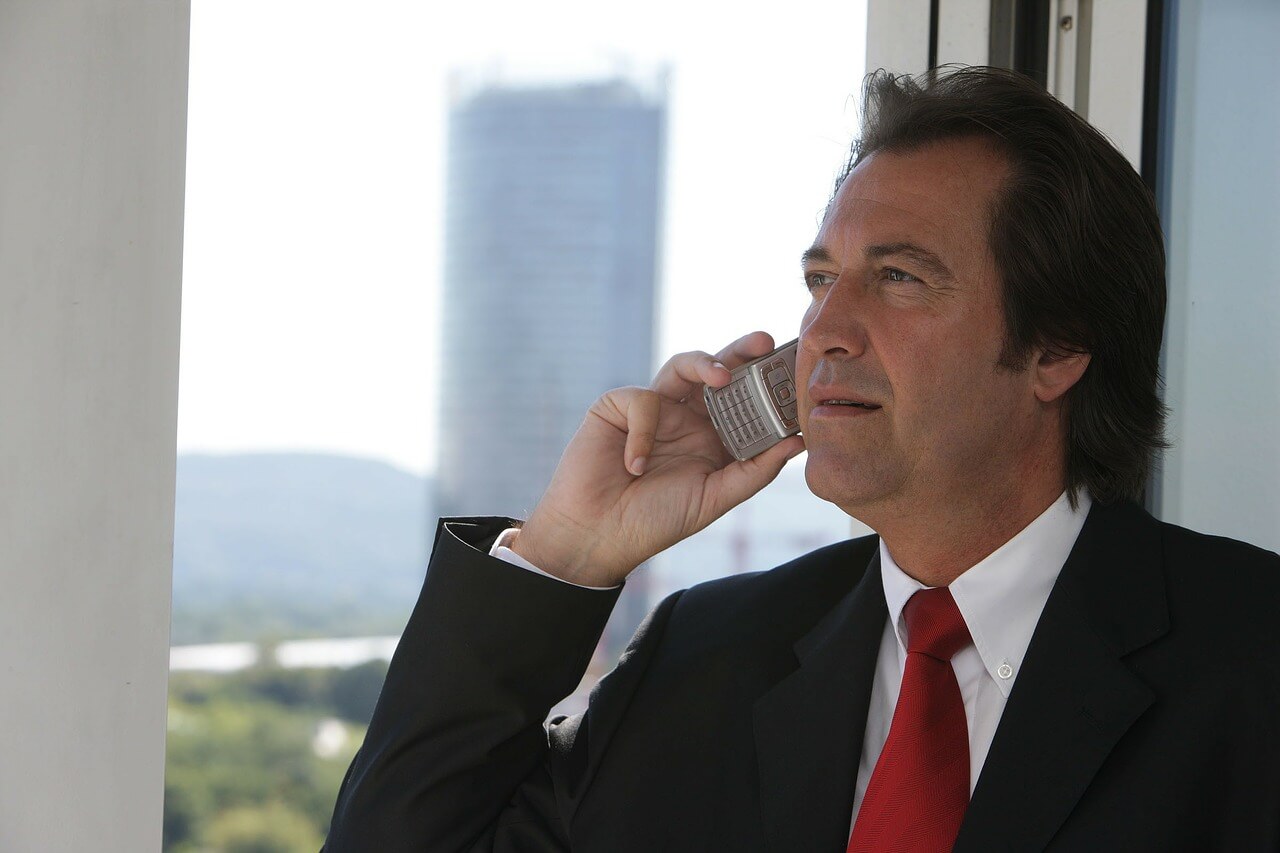By definition, a Capital Campaigns is an intense effort to acquire sufficient commitments to add up to a specific large sum, for a specific valid/urgent purpose.
The word “Capital” refers to the money needed to erect/expand/renovate a building, the funding needed for the purchase/installation/overhaul of (major) equipment and the funding to create/expand an endowment.
The term “campaign” has it’s origin in a military context — although it’s rarely used that way today. It referred to the actual period of time that the troops were in the field, engaged with the enemy. It was/is a period of action/activity that, ideally, had been planned very carefully. In this context, it is the period of time in which most of the needed dollars are solicited/pledged.
The “intensity” of the effort refers to having board members, staff and other volunteers commit the (additional) time and energy necessary to achieve the dollar goal in a specific (relatively short) timeframe. The typical campaign was designed to take 12 months – but, these days, it tends to be shorter.
Typically, a capital campaign solicits pledges – significant dollar commitments to be paid over an extended period. Fifteen/twenty years ago, the period was five years, but considering the societal changes and people’s reluctance to commit to that long an obligation, three years is now typical.
The “specific sum,” the goal of a campaign, is an amount that will allow the organization to pay for the “project” that is outside its normal/ongoing budget requirements. This cannot be an arbitrarily chosen dollar figure voted on by a board or committee, it must be one that has been determined through a very careful and detailed process.
“Valid” means that it the nonprofit organization was asked to justify why the project was needed, the NPO could clearly explain/demonstrate that a real need exists in the community and that the project would address that need.
“Urgent” excludes any project for which the NPO could accumulate the funding over an extended period of time without the need for a special fundraising effort. It would also exclude any project for which there is not a demonstrable need for the service(s) that will be made available because of the project.
• A capital campaign is not a “fundraiser.” It is as far beyond a dinner event as building a motorcycle is beyond building a skateboard.
• A capital campaign is not for the faint of heart. In conducting a capital campaign, an organization puts its credibility and its future on the line.
It is one of, if not THE most important and risky things a nonprofit organization will ever do !! Should a campaign fail — as many do (because of poor planning, lack of long-term preparation, inadequate fundraising skill and/or insufficient campaign experience), an organization’s credibility and future fundraising prospects can be harmed, irreparably.
• A Capital Campaign is not (for the most part) about the needs of the NPO. It’s mostly about the needs of the potential donors. The question is, in essence, “What will the donor get by gifting/committing a large sum of money to support a specific project?
• A Capital Campaign is not for Public Awareness … until you’re ready to announce the campaign. And you don’t announce a campaign until (at least) 60% of the goal has been reached – 80% is better, 100% is best. You don’t even discuss the possibility of a campaign outside of the organization’s leadership.
In the context of public awareness, a capital campaign should be pretty much completed before there is any groundbreaking or other visual sign that there is or will be a need to raise money. Beginning the project that the campaign will fund, before the campaign begins, (strongly) suggests that the organization already has most-or-all of the needed funding.
• Capital campaigns cannot be an excuse to raise a lot of money – there must be a goal that relates to specific URGENT needs.
• A capital campaign is not an effort that should be taken on by the inexperienced, even after reading my ebook on the subject. ☺
Capital campaigns are a synthesis of everything else we do in development; but, because much of it takes place in a relatively short time frame, and because so much more is at risk, the skills and experience required to design and implement these efforts must be at a level much higher than those needed for ongoing fundraising.
=-=-=-=-=-=-=-=-=-=-=-=-=-=
Have you heard about
The Fundraising Series of ebooks?
They’re easy to read, to the point, and inexpensive ($1.99-$4.99)
This posting is a sample of what’s in book five of the series – Capital Campaigns
=-=-=-=-=-=-=-=-=-=-=-=-=-=
Have a comment or a question about starting, evaluating
or expanding your fundraising program?
AskHank
=-=-=-=-=-=-=-=-=-=-=-=-=-=
We’ve been posting these pieces for the last five years,
and we’re now at a point where, to keep this resource alive,
we need your questions/problems to engender further discussion.
Look forward to hearing from you.
Comments & Questions
=-=-=-=-=-=-=-=-=-=-=-=-=-=
If you’re reading this on-line, and would like to comment/expand on the above piece, or would just like to offer your thoughts on the subject of this posting, we encourage you to “Leave a Reply.” If you’re reading this as an email, and you want to comment on the above piece, email Comments to offer your thoughts. Your comments, with appropriate attribution, could be the basis of a new posting.










